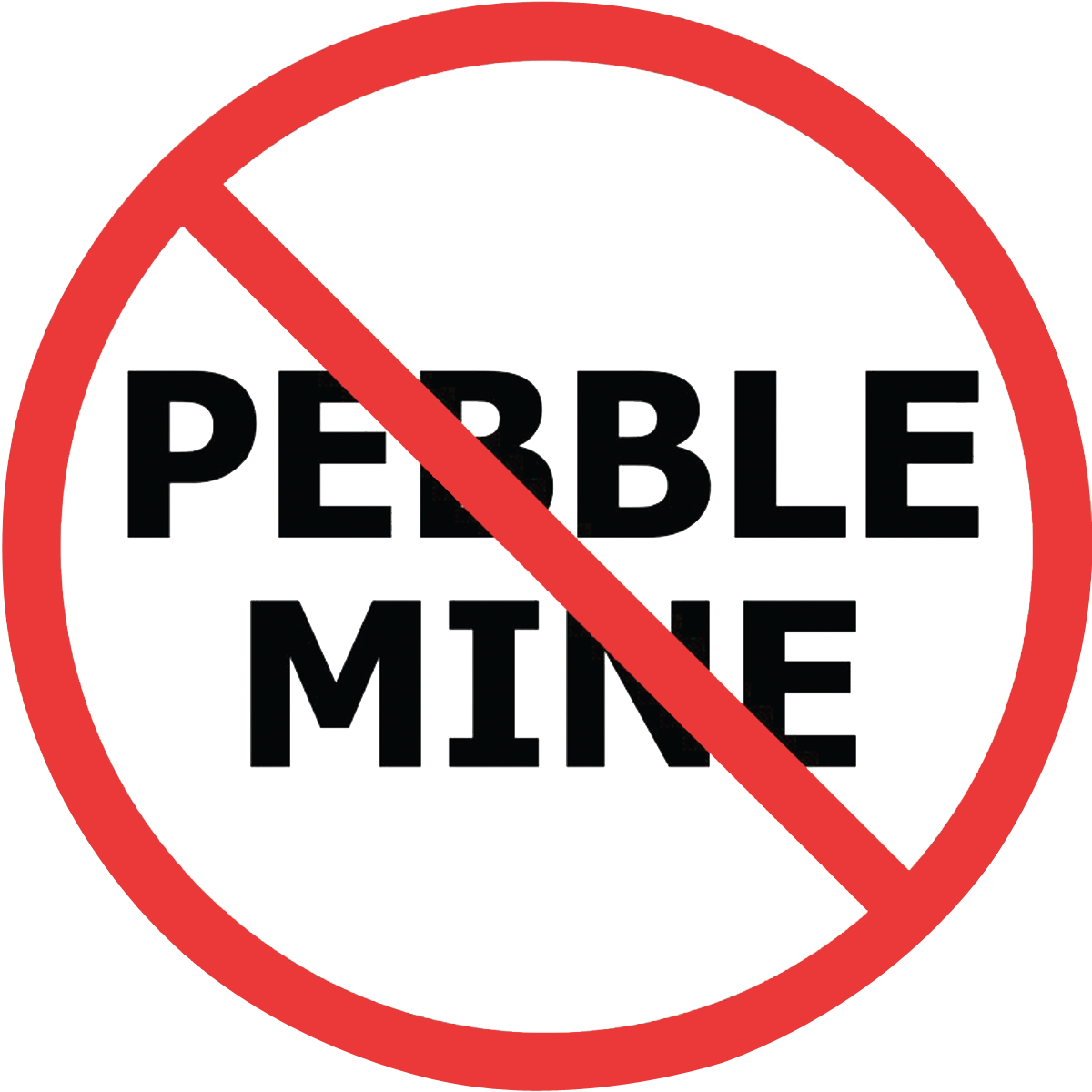For nearly two decades, residents in Bristol Bay and Alaskans statewide have been advocating for durable safeguards for the fishery against projects like the formerly proposed Pebble mine. Despite Pebble’s key federal permit being denied in 2020 was a massive roadblock to the project being developed in the region, the Pebble Limited Partnership immediately committed to keep pushing to forward, and could return in the future with a new plan. Section 404(c) of the Clean Water Act has been one tool requested by Alaskans in Bristol Bay and advocates nationwide to ensure that Pebble cannot return in the future.
Section 404(c) of the Clean Water Act gives the Environmental Protection Agency the authority to restrict, prohibit or deny mine waste discharge from being released in to waters of a given region if its deemed to have an unacceptable adverse impact to the fishery or other water resources (like municipal water supply or recreation).
The EPA has only used this authority 13 times in the history of the Clean Water Act, and has been used by both Republican and Democrat administrations.
Residents of Dillingham, Bristol Bay, Alaska wave signs in 2015 when President Obama visited Bristol Bay. The year prior, the EPA announced the Proposed Determination for Bristol Bay, proposing Clean Water Act safeguards for the region. These protections have yet to be finalized. Source: United Tribes of Bristol Bay
Section 404(c) of the Clean Water Act has been identified by local people in Bristol Bay and advocates nationwide as one critical part of the “dual track approach” to protect Bristol Bay. Finalizing Clean Water Act protections would allow for a hedge of protection against Pebble. Clean Water Act protections, paired with Congressional legislation to retire the mineral leases in the headwaters of Bristol Bay, are both needed to ensure Bristol Bay is durably protected.
Clean Water Act protections have been a work in progress, to say the least. Here’s our history with the EPA and the work to establish safeguards for Bristol Bay against Pebble.
2010: Six Bristol Bay tribes, commercial fishermen and sportsmen and many others request to U.S. Environmental Protection Agency (EPA) to initiate the 404(c) process to protect Bristol Bay.
2012: In response to the above request, the EPA conducted the Bristol Bay Watershed Assessment. Over the course of three years, EPA issued two drafts of the Assessment, concluding that the Pebble proposal would negatively impact Bristol Bay salmon. Public input was accepted nationwide, with more than 1 million comments supporting EPA's work, and hundreds of scientists weighed in verifying these conclusions.
2013: The final Bristol Bay Watershed Assessment was released. Its findings were clear: it is not likely that any mine the size, type and location of Pebble can operate in Bristol Bay without harming salmon.
2014: EPA released its Proposed Determination proposing to limit mining within the Bristol Bay region on the basis that the mine would cause irreversible and unacceptable damage to the Bristol Bay salmon ecosystem. Over 1.5 million comments were submitted across the country on the proposal, 85.9% of which were in support of strong protections for Bristol Bay.
2016: An independent federal watchdog, the Inspector General, determined the U.S. Environmental Protection agency acted fairly in its conduct during the Bristol Bay Watershed Assessment, the findings of which ultimately directed the Agency to limit mining activities in Bristol Bay due to its unacceptable risk on wild salmon, clean water and a thriving fish-based economy.
July 2019: Despite EPA releasing comments critical of Pebble’s Draft Environmental Impact Statement, the agency announced that they would begin to withdraw the 2014 Proposed Determination. In October, tribal organizations, Trout Unlimited, and conservation groups announced that they would be suing the EPA over this decision. The groups allege that the EPA broke the Administrative Procedures Act and Clean Water Act when it ignored science and the potential impacts of developing the mine, and that the decision was made purely to support Pebble’s acquisition of the key federal-level permit.
April 2020: The court sides with EPA, and dismisses the lawsuit by tribes and conservation groups to reinstate proposed Clean Water Act protections.
May 2020: Trout Unlimited decides to file an appeal on the lawsuit against EPA; the case is sent to the 9th Circuit Court of Appeals for review.
June 2021: The 9th Circuit Court of Appeals sides with Trout Unlimited and rules that the case against EPA to reinstate proposed Clean Water Act protections can proceed. This puts proposed protections back on track for Bristol Bay.
September 2021: The U.S. Environmental Protection Agency (EPA) announces that it would move to vacate its 2019 decision to withdraw proposed protections for Bristol Bay and reinstate the agency’s earlier 2014 Proposed Determination.
On January 2022, EPA sent a letter to the Alaska District Corps of Engineers, the permit applicant, and others, stating that the agency intends to issue a revised Clean Water Act Section 404(c) Proposed Determination regarding the Pebble deposit area located in Alaska’s Bristol Bay watershed by May 31, 2022
We are expecting to see the revised Proposed Determination for Bristol Bay soon, which we hope will include even stronger protections for Bristol Bay. Next, EPA will open a public comment period, in which residents from Bristol Bay and people nationwide will be invited to comment on the revisions and their support for Clean Water Act protections for the region. After review of public comments, EPA is expected to release a Recommended Determination; afterwards, the EPA Administrator will issue a Final Determination, expected by the end of 2022.
Please stay tuned for the upcoming comment period, and take action for Bristol Bay.



